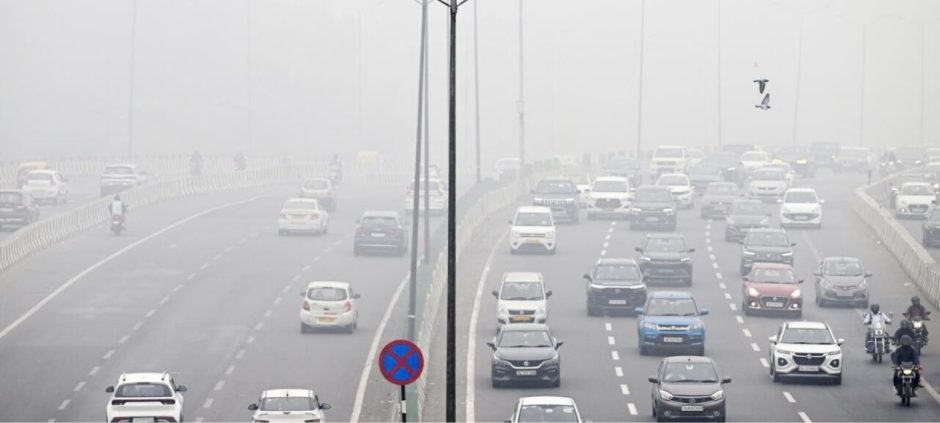A thick blanket of toxic haze has engulfed India’s capital, pushing air quality levels into the “severe” category. The air quality index crossed 400 in several parts of the city, making breathing difficult for millions of residents.
Officials say a combination of stagnant weather, vehicle emissions, and crop-burning smoke from nearby states has worsened the crisis. The low wind speed and cool temperatures are trapping pollutants close to the ground, causing the smog to linger.
Schools have been closed, and outdoor activities have been suspended to protect children and the elderly. Health experts warn that the toxic air could lead to serious respiratory problems and irritation in the eyes and throat.
Authorities have deployed anti-smog guns and water sprinklers on major roads to reduce pollution levels. Despite these efforts, visibility remains poor, and the haze continues to blanket the skyline.
The toxic haze has also spread to nearby cities, where the air quality has been classified as “very poor.” Environmental groups have urged the government to enforce stricter measures to reduce emissions and control crop burning.
Residents have been advised to wear masks and avoid outdoor exposure during peak pollution hours. Many hospitals have reported a rise in asthma and lung-related cases as the air quality remains dangerously low.
Also read: Cargo Plane Skids Off Runway in Hong Kong, Killing Two Airport Staff











